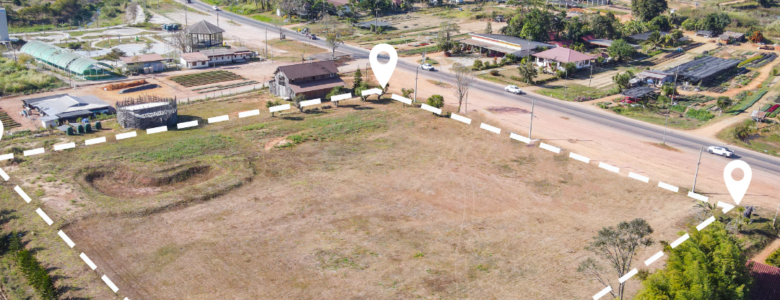For most seniors, the largest portion of their net worth is tied up in home equity. With a traditional mortgage or home equity loan, a homeowner needs to repay the borrowed money monthly. But in the case of a reverse mortgage, homeowners can tap into this equity without needing to repay the loan until they leave the home. Reverse mortgages typically apply to homes, but what about land? Can a senior apply a reverse mortgage to land they own? In this blog, we explore the possibilities and limitations of reverse mortgages on land.
Understanding Reverse Mortgages
Before delving into the specifics of land-based reverse mortgages, let’s quickly recap what a reverse mortgage is. A reverse mortgage is a type of loan that allows homeowners aged 62 or older to convert some of the equity in their home into cash. We refer to this financial tool as a ‘reverse mortgage’ because the lender, not the borrower, makes monthly payments. The borrower doesn’t need to repay the loan until they sell the home or vacate it.
Reverse Mortgages and Land
Now, let’s explore the potential for applying a reverse mortgage to a piece of land. Traditional reverse mortgages require the borrower to live in the home that is the subject of the reverse mortgage. The purpose of this requirement is to allow seniors to tap into their home equity without needing to leave their homes.
When it comes to vacant land, the rules get a bit murkier. Most lenders do not allow reverse mortgages on land because of the requirement for the borrower to live on the property. Land doesn’t provide the same type of security as a physical home would for the lender in case the loan defaults. However, there are some exceptions to this rule. Some reverse mortgages, like proprietary reverse mortgages, offer more flexibility regarding eligible properties. Companies, not the federal government, back these private loans.
If the land is valuable or generates income (for example, farmland or a plot with rental units), it might qualify for a proprietary reverse mortgage. However, these types of loans are less common, and they often come with higher interest rates and fees.
Considerations for Landowners
If you’re a landowner considering a reverse mortgage, there are a few key things to keep in mind:
1. Valuation: Land can be difficult to value accurately, and this can pose challenges when applying for a reverse mortgage. Since the loan amount is determined based on the property’s value, an accurate valuation is crucial.
2. Future Plans: Landowners need to consider their future plans for the property. If you plan to build on the land in the future, a reverse mortgage could complicate those plans.
3. Costs: Reverse mortgages come with a variety of costs, including origination fees, mortgage insurance premiums, and closing costs. These can add up quickly, particularly with proprietary reverse mortgages, which often come with higher fees.
4. Repayment: As with any reverse mortgage, the loan will need to be repaid when the owner dies, sells the property, or moves. It’s important to have a plan in place for how this will occur.
While the concept of a reverse mortgage on land is theoretically possible, it is not common in practice. Reverse mortgage regulations protect both lender and borrower. They often disqualify vacant land as the borrower must live on the property. Yet, with specific circumstances and lenders, one may secure a proprietary reverse mortgage on valuable or income-generating land. As always, seek a financial advisor’s counsel and research thoroughly before making such significant financial decisions.








